Two of our nation’s biggest states face the potential for ongoing power outages as we head into the hottest part of summer. You might remember how much trouble Texas had during the big freeze in February. At the time, we were all told by ERCOT, the organization in charge of the Texas electrical grid, that the power problems were only because of the abnormal and unexpected cold spell. But we’re now hearing ERCOT tell people to turn up their thermostats this summer so that there aren’t blackouts again.
Then there’s California, which seems to have power problems every summer. Rolling blackouts have become part of the landscape there, as PG&E, California’s power company, tries to deal with electrical power shortages and the risk of their power lines causing forests fires.
Because California’s policy is to leave the forests alone and not clean out things like deadfalls and underbrush, power lines are running over areas filled with dry fuel, just waiting for those hot power lines to touch it. The rolling blackouts are nothing more than an attempt to reduce the amount of electricity flowing through overburdened power lines, so they don’t heat up, don’t stretch, and don’t light that fuel on fire.
Click HERE to Get the World’s Smallest Battery, That Powers Your House For More Than 2 Days!
Then, the trees grow close to high-tension lines, which the state doesn’t cut back. Instead, they leave that task to the power company. That wouldn’t be an issue, except that the state demands that they put more and more money into green energy. Where does that money come from? Much of it seems to be coming from the funds that would otherwise be used to cut back those trees.
On top of California’s everyday power problems, they’re looking at a potential loss of eight percent of their production capacity, the part produced by hydroelectric power plants. Reservoirs are at all-time lows, thanks to Governor Newsom’s environmental policies, which have done things like put the needs of the Delta Smelt before those of California’s residents. Without water to run those power plants, they’ll sit there idle.
A similar problem is facing the entire Southwest, as Lake Powell, the largest reservoir in the country, has the lowest water levels that it has had since the 1930s. That reservoir not only provides water to a lot of the Southwest but electricity as well. Should the water level drop much lower, conservation measures may mean that the dam will not operate at total capacity.
I’m not talking about a third-world country here; I’m talking about two of the most prosperous states in the USA, states with economies that rival countries. Yet, both of these states face the almost certain likelihood of rolling blackouts this summer to prevent a broader power outage that might adversely affect the whole state.
I’ve spent time overseas, in third-world and emerging countries. Power outages are common there, something that is just accepted as a fact of life. But that didn’t use to be the standard here at home. Even so, it’s now official; the US has more power outages than any other developed country in the world. That’s not a distinction we want or need.
But how can this be so?
It’s a combination of two things. The first is the age of our electric grid. There are power lines still in use in the Northeast, erected back in the 1880s. Most of the grid was built in the 1950s and 60s, with an expected lifespan of 50 years, yet we are far beyond that point in time.
While the grid that was built in the 50s and 60s was overbuilt, with the understanding that our electrical needs would increase, there was no way that the engineers who designed that equipment could have foreseen our massive dependency on electrical power. Most of that infrastructure is overloaded today, yet the cost of replacing it is prohibitive.
Severe weather is particularly hard on power lines, quickly causing lines to break and fall, leaving people without power. But, as time goes on and that equipment ages, it is less and less capable of resisting the ravages of weather.
The most significant cause of power outages is still the weather.
The other problem we’re facing is that more and more of our electrical power production is shifting to renewable energy due to political pressure and government subsidies for green energy. As we saw demonstrated one more time during the February freeze, wind and solar energy are highly dependent on weather. When they don’t have the weather conditions they need, they don’t produce power, leaving other power producers to take up the slack.
But as more and more of our electrical generating capacity is provided by wind and solar power, we end up with less and less reserve capacity in the system. Power companies can’t afford to build power plants that sit idle, waiting until some wind farm or solar farm goes offline due to unfavorable weather conditions. So that burden falls on existing power plants, pushing them to the point of being overburdened, which can, in turn, cause failsafe measures built into those systems to shut the power plants down.
The result of all this is that it seems that power outages are rapidly becoming a “normal” part of our lives. With that being the case, we need to figure out what to do about it. Forget the next major disaster for the moment; this might be the disaster many of us have to deal with today.
Keeping Your Cool
Our biggest summertime use of electricity is for cooling. Air conditioners are:
- Energy hogs.
- Consuming a lot of power to keep our homes, offices.
- Places of business cook.
That’s a large part of why Texas in particular and other southern states, in general, have such a high risk of power outages in the summertime.
The risk of rolling blackouts means that people will be without electricity to run their air conditioners, just as they cannot run their heat. So what do you do? How can you keep your cool?
Change Your Home’s Look
One of the basic rules of physics is that dark colors absorb light rather than reflecting it. When those dark-colored materials absorb sunlight, they convert it to heat, which they then radiate out into the atmosphere. In dark-colored materials on the home, most will radiate outwards, but some will radiate in.
When it comes time to paint your home or put on a new roof, opting for lighter colors will help reduce the amount of heat generated and radiated into your home. Granted, if you live in a cold climate, those dark colors are an advantage, but going for lighter shades makes sense if you’re in the hotter parts of the country. Granted, these are expensive undertakings, so you’ll probably need to wait until those projects need to be done anyway.
Add Insulation
The most important part of your home’s insulation is in the attic. That’s primarily due to trying to keep the heat that your furnace generates in the wintertime in the house, rather than having it rise through the roof. But while physics tells us that heat rises, it can also radiate downward. So if the attic is hot, it will affect the temperature of the floor directly beneath it.
Most homes don’t have enough attic insulation, and what insulation they did have has been packed down over the years. Fortunately, adding insulation isn’t all that hard, nor is it all that expensive. Most home improvement centers will provide the machine to blow in insulation for free if you buy at least ten bales of insulation from them. I did this a few years ago and noticed an immediate reduction in my cooling bills.
Go for Shade
Since sunlight striking our homes converts to heat, it follows that keeping the sun off of us and off of our homes helps keep our cool. The only problem is that it takes years for trees to grow big enough to provide us with much shade.
Other options include adding a roof over a deck or patio, providing shade outdoors. With it getting hot indoors, we might find ourselves spending more time outside, so that makes sense.
Another option is to build a trellis about one foot out from your home’s walls and plant vines to grow up it. As the vines grow, they’ll provide shade to the wall, and the distance between the vines and the wall will ensure that any heat generated by sunlight absorbed by the plants will have a way of dissipating without heating the home.
Find the Breeze
Breeze is another great help for keeping cool. While it doesn’t cool us, it does help make sweat evaporate, providing cooling. The more breeze we are exposed to, the more potential cooling we can receive.
The trick then is to ensure that we have places in our homes where the breeze can come through. That might mean having enough windows and doors which be opened and aren’t blocked. But it can also mean building barriers outdoors to help channel the breeze into those windows and doors. If the prevailing wind in your area is going the wrong direction for your home’s natural ventilation, you may want to consider that.
Generator Power
Finally, we can use generator power to provide some cooling. But don’t fool yourself. Unless you’re willing to spend a fortune on a whole house generator and a lot of fuel, you’re going to be limited. A portable generator won’t provide enough power for your home’s air conditioning system. However, it will give enough for a good-sized window air conditioner, providing at least one or two rooms of your home with cooling.
Refrigeration
Since we’re talking about short-term power outages, lasting no more than a day or two, we don’t have to worry all that much about refrigeration. The average home refrigerator is built to keep the food cold for 24 hours without power. So your food shouldn’t go bad.
Even so, there are things we can do to help our refrigerators keep cold. To start with, keep the freezer full, as the more frozen food there is stored in it, the more cold mass there is to keep everything from warming up. If you don’t have enough food to fill your freezer, fill the extra space with water bottles, allowing them to freeze. Those bottles can either be left in the freezer when the power goes out, or some can be moved to the fridge to help keep the food there cold.
Another thing that can be done is to cover the fridge with blankets that aren’t being used. Blankets are insulation, and the more insulation there is on and around your fridge, the longer it will take for things inside to warm up. Of course, you’ve also got to keep the family from opening the door every 15 minutes, looking for food.
Other Electrical Uses
Refrigeration and cooling are the top priorities for our electrical usage. But that doesn’t mean those are the only things we need to be concerned about. There are countless other things we use electricity for every day, ranging from lighting to our computers to charging phones and keeping our televisions on.
This is where our emergency off-grid power comes in. While cooling and refrigeration use a lot of electrical power, the items that I just mentioned don’t. That is, they don’t as long as you’ve switched over to LED lighting. It is relatively easy to power these items off of solar energy and a decent battery backup system. One panel won’t be enough, but you won’t need your roof covered with solar panels either.
That doesn’t mean that you can run everything you own off of your off-grid power system. I’d avoid appliances, basically anything that contains an electric motor. Motors are power hogs and will drain your batteries quickly. You can go a few days without washing clothes and then catch up when the blackout is over.
The better you understand the power consumption of the various electrical and electronic devices in your home, the better you can plan what you can use and what you can’t. It’s not based upon the size of your voltage inverter but instead on the capacity of your solar panels and battery bank. How long can you run those devices on the amount of power your system can produce and store?
You can usually find power consumption data on the devices’ consumer information labels. It will either tell you the power consumption in amps or watts. You can convert from one to the other fairly quickly:
- To convert from amps to watts, multiply amps by voltage (if it plugs into your home, use 120 volts)
- To convert watts to amps, divide watts by voltage
Keep in mind that your batteries are storing and providing power at 12 volts. For the voltage inverter to boost that up to 120 volts, it must consume twice as much current. In other words, if you are plugging devices into the voltage inverter that draws a total of 700 watts, it’s going to take 7,000 watts of power out of your batteries.
What’s that? Your batteries aren’t rated in Ah (amp-hours) to know how much power they can provide? No problem. If the battery doesn’t have an Ah rating, it will have an RC (reserve current) rating. You can convert RC to AH by multiplying RC by 0.4167. So a standard car battery, with an RC of 110, converted to AH gives you 45.84 Ah. In watts, that equals 5,500 watts. So, that one battery will only be able to run those devices drawing a total of 700 watts at 120 volts AC for about 47 minutes. This is why you need a lot of batteries and solar panels in any off-grid power system.


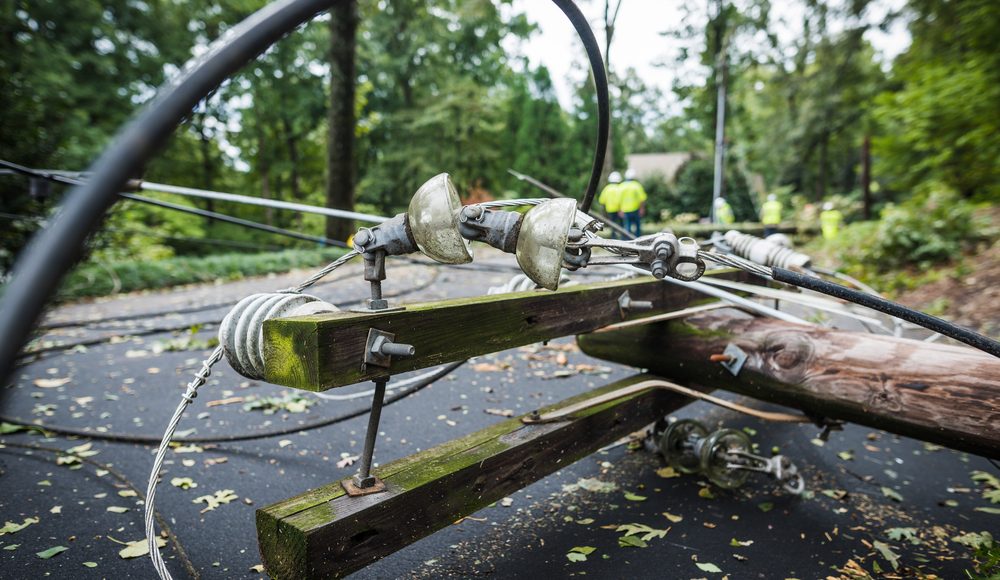
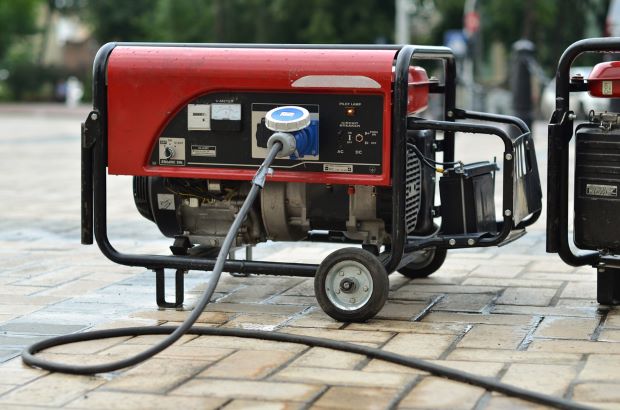
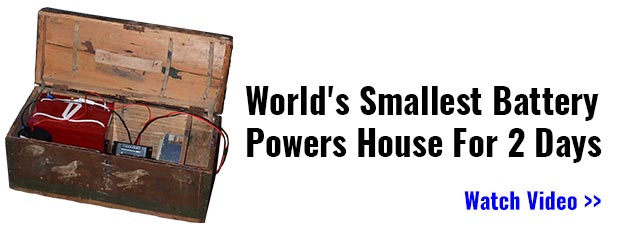
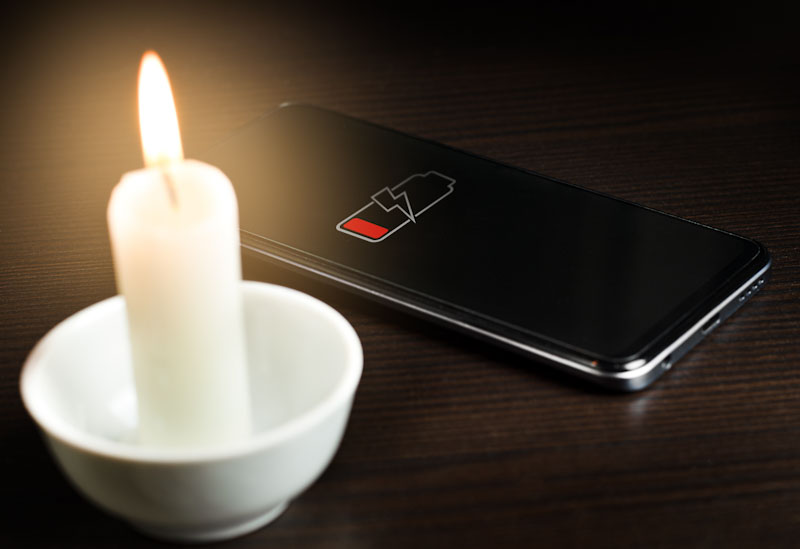
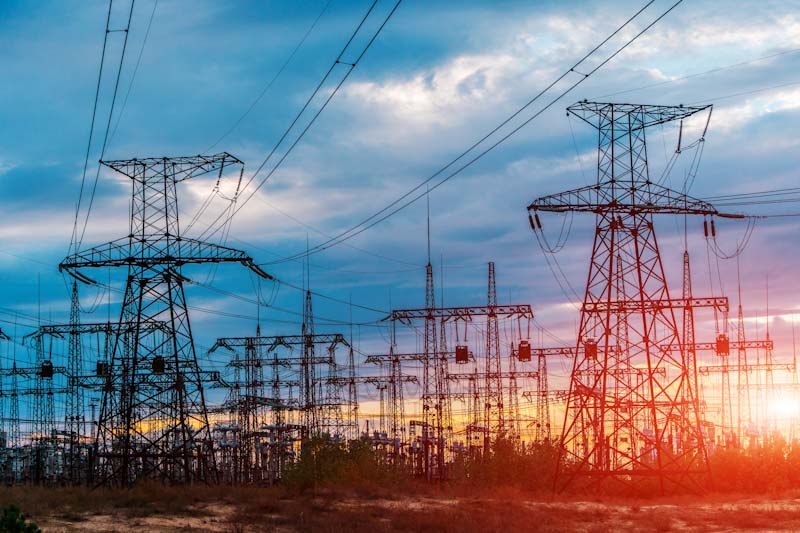
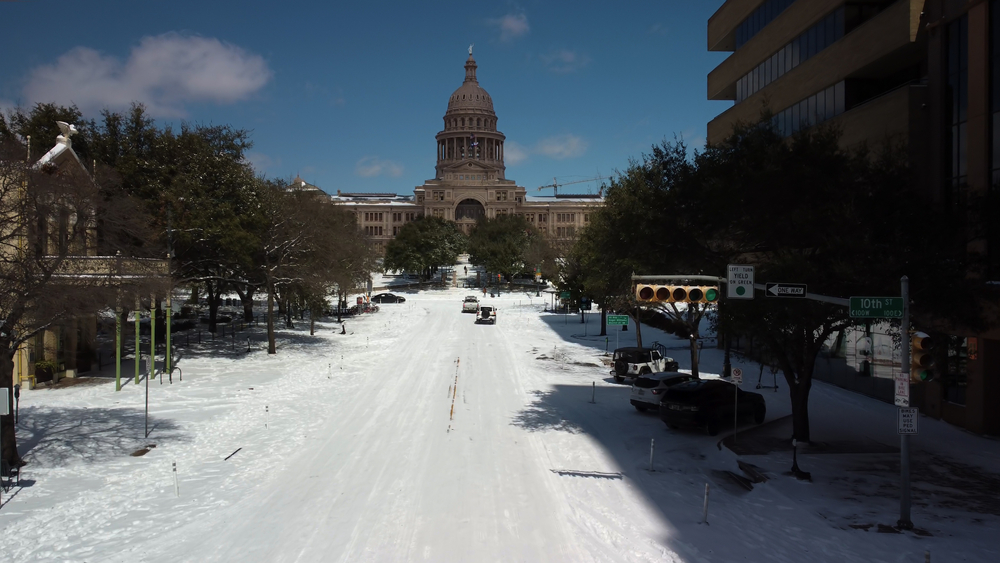


Travelin | July 27, 2021
|
A good article. A couple of thoughts come to mind regarding the commentary on using electric powered engines such as washing machines and dryers from backup power sources due to their power hungry motors. If there is a real pinch and some clothes need to be washed during a blackout, a little elbow grease is useful in hand washing the clothes. As long as water is available a little elbow grease to scrub and wash/rinse and wring clothing is an option to have clean clothing. Cold or warm temperatures will still dry laundry as long as it isn’t hung outside in the rain. If soap supplies becomes a problem, a couple of semi strong magnets in water will decrease the cohesiveness of water, just as soap does, allowing dirt, stains and grease to wash out of the material. It might be wisest to put the magnets in something waterproof, or waterproof the magnets in a plastic coating to keep them from rusting when iron particles are attracted to them. Once I retired it didn’t take me long to completely change from using washing machines to doing hand laundry for everything except coats, and blankets. I stopped worrying about “wrinkle free” clothing. Most clothing will shed most wrinkles after hanging for a while, but does depend on the material. Personally, I’d much rather have clean wrinkled clothes than dirty clothing from a washer that comes out semi-wrinkle free after a dryer run.
Regarding cooling, I’ve invested in some small solar rechargeable power banks and some 12 VDC powered personal swamp coolers. One will run most all day long on one power bank. On really warm days I’ve had three running, one on either side of me and one in front of me. With refrigerator cold water in their reservoirs they put out much cooler air and have made it possible for me to get through some temps that would have caused me health problems without their help. The solar power banks also charge cell phones and other electronics as well as rechargeable lighting that is 12VDC. Lights that have a solar panel to recharge them or simply operate from a 12VDC source are other ways to eliminate using power grid power and still have lights.
I lived in southern California for a few years and went through some major power outages, some lasting up to 2.5 to 3 weeks for some people. I never had to do without grid power for more than about 1.5 weeks, but still long enough to have lost anything in the fridge and most of what was in the freezer that I couldn’t eat during that time without some sort of help. Some tried buying dry ice to fill their empty freezer space to help keep the frozen items frozen. The minute the hot weather (any time of the year) came along, dry ice costs spiked and became so expensive it was cheaper to let the food perish, which is what most people did.
When I moved to California something urged me to invest in a battery power unit with solar recharging capability that provides no dangers to inhabitants if it is kept and used inside the dwelling. What I was mostly concerned about was the small freezer and fridge I had at the time, both operated from 12 VDC power. They used so little power the power supply could keep both cold for a week without hooking up the solar panels to recharge it. During the power outages during my time in California, I lost no food or suffered in any way while others lost all of what was in their fridge and freezers, often multiple times during a summer. I found I had no problems keeping rechargeable lights, cell phone and electronics running from the power sources I had available as well as the fridge and freezer cold, and I felt very fortunate. Most people were doing without lights, TV, computers, cell phones, etc., when the batteries in them ran down. Some had battery operated radios, as did I, but found the propaganda being broadcast by the “authorities” was for people so uneducated and uninformed the “authorities” had no other choice to keep people “safe”. I quickly learned this was the “normal” state of affairs in southern California, though frequencies of power and water outages were becoming more frequent each year, and so for my own safety and survivability, I kept my mouth shut about not losing food or suffering in any way..